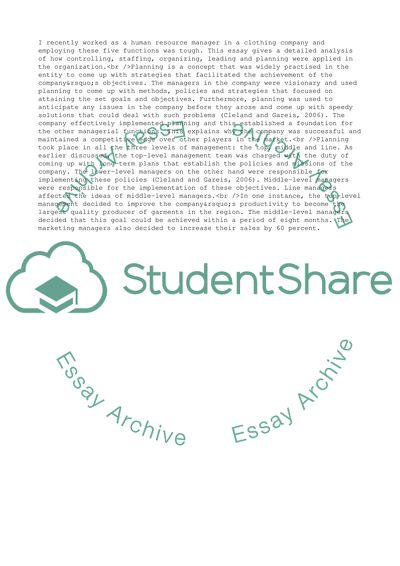Cite this document
(Levels of Management Practices Essay Example | Topics and Well Written Essays - 1500 words, n.d.)
Levels of Management Practices Essay Example | Topics and Well Written Essays - 1500 words. https://studentshare.org/management/1833157-management-practices
Levels of Management Practices Essay Example | Topics and Well Written Essays - 1500 words. https://studentshare.org/management/1833157-management-practices
(Levels of Management Practices Essay Example | Topics and Well Written Essays - 1500 Words)
Levels of Management Practices Essay Example | Topics and Well Written Essays - 1500 Words. https://studentshare.org/management/1833157-management-practices.
Levels of Management Practices Essay Example | Topics and Well Written Essays - 1500 Words. https://studentshare.org/management/1833157-management-practices.
“Levels of Management Practices Essay Example | Topics and Well Written Essays - 1500 Words”. https://studentshare.org/management/1833157-management-practices.


